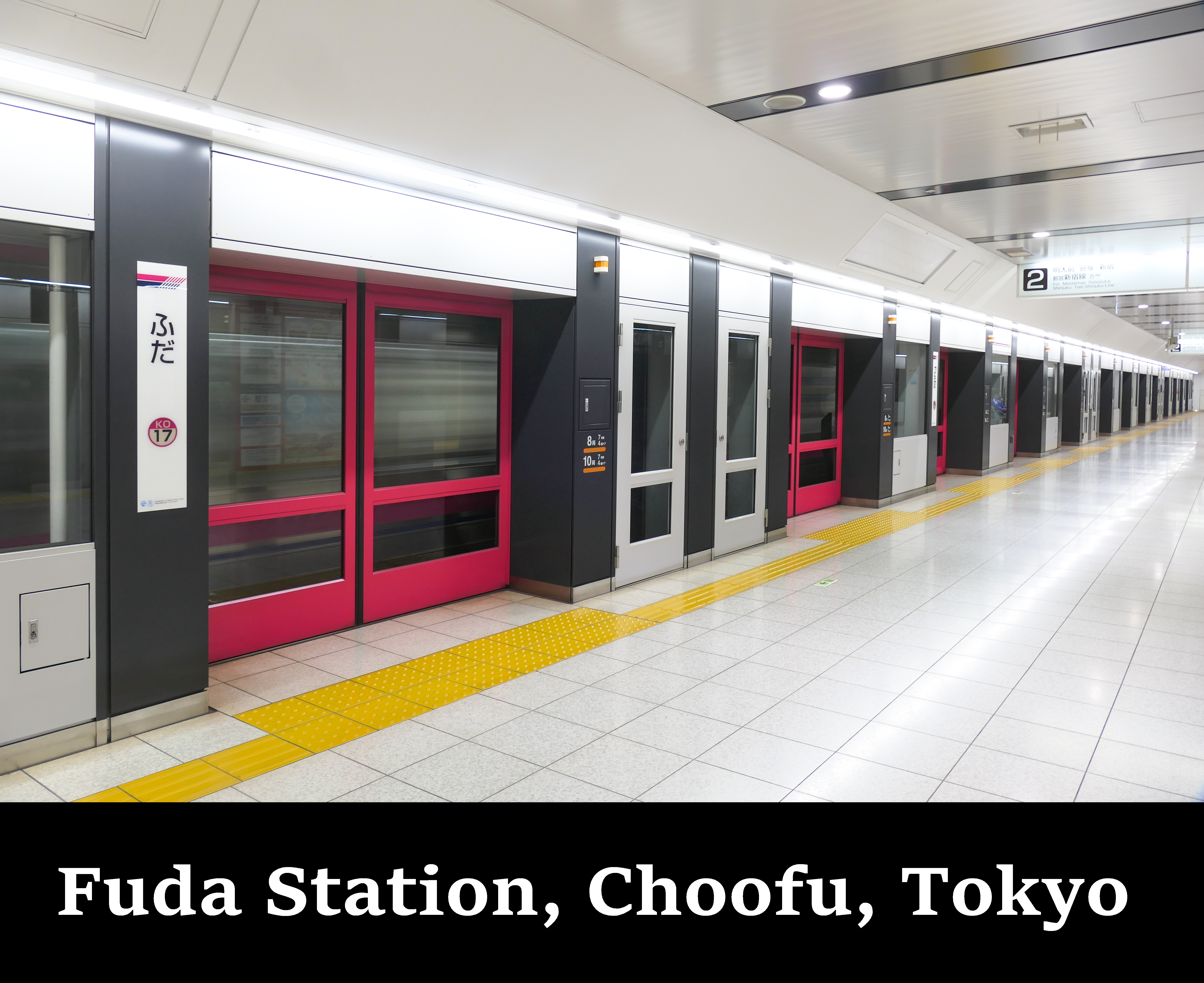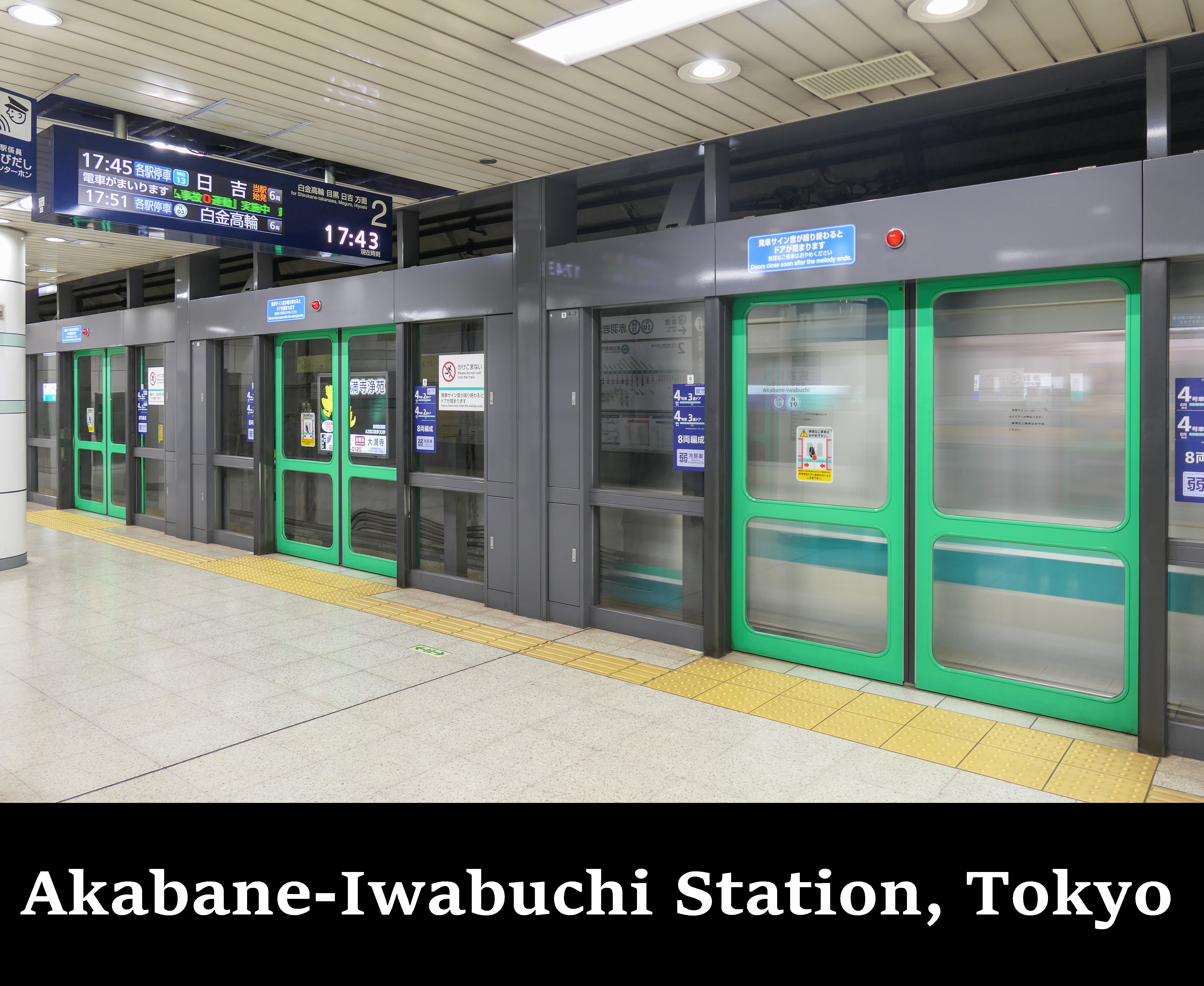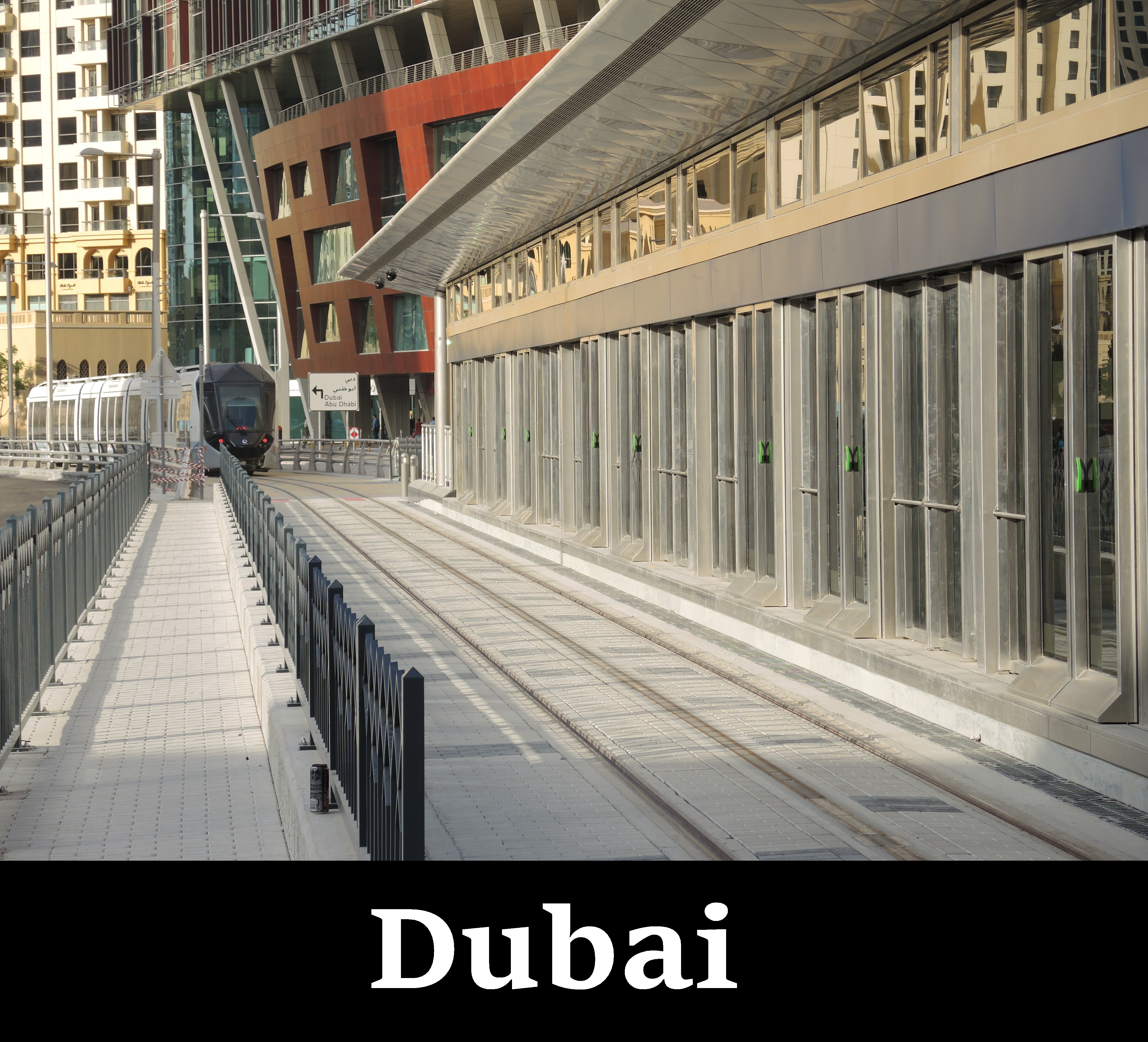
Commonly abbreviated to PSDs, platform screen doors are lines of doors installed at the edge of a train platform, typically in metros, that only open once a train has parked in the station with its own doors lined up with the PSDs. These have many benefits for train stations and those who interface with them, such as the reduction of noise and increase in safety.
Early iterations of PSDs were first patented in the early 1900s, and the first ones were built in 1961 in Saint Petersburg. Another notable instance of early-on PSD adoption was in 1987 in Singapore's Mass Rapid Transit system, the countries primary rail link with 141 stations, all of which feature PSDs.
PSDs went on to spread through the world, primarily in Asia. metrobits.org cites 101 subway systems that have installed some form of PSD, with around 77 percent of them being within Asia, and 55 percent in East Asia specifically.
As for contemporary adoption of PSDs, Melbourne's upcoming Metro Tunnel is announced to feature PSDs in all of its underground stations. This will most likely open next year, and is an exciting development in the world of PSDs.
There are two types of Platform Screen door--Full height ones that reach from the floor of the platform to the roof, entirely blocking off the tunnel from the station, and half height doors/automatic platform gates, that typically reach up halfway up the height of the station or up to chest height.
Full Height Platform Screen Doors contain the noise made by trains and their engines within the tunnels, preventing the noise from entering the station. Many appreciators of trains are not very appreciative of loud background noise, so PSDs being effective in lowering the noise in stations is very convenient.
Improving comfort and quality of life in stations is important especially in countries with developing transit systems, as the primary goal of a city wishing to move away from car dependency or centrism should be to make the alternatives objectively more convenient and optimal. Due to this, these cities will greatly benefit from installing PSDs in their stations. The people will always choose the option that is nicest to use and benefits them the most, with the exception of the few who care about urbanism and choose to utilize objectively inferior public transit systems {over automobiles} as an act of activism.
Additionally, the reduction of noise will help passengers hear station announcements, another facet in improving their quality of life.
PSDs are very effective in preventing people from committing suicide by jumping infront of trains as they enter the station. Springer Link says "Research in Hong Kong, Seoul, Tokyo, and Shanghai has consistently identified large reductions in railway suicide after the installation of platform screen doors (range 60 to 91%)."
They are so good at this that in Kolkata, India, they were installed with presumably the primary intention of stopping suicides in the Kolkata Metro. Someone in charge of the Kolkata Metro said:
(quote start) This will make the rail tracks totally inaccessible and invisible to the passengers all the time and hence there will be absolutely no chance for suicide attempts by jumping on the tracks. Hence the delay in schedule following such suicides or suicide attempts will also be ruled out. (quote end)
Its kinda crazy how they seem to care more about their timetable than the lives lost to suicide in this quote, but it could also be interpreted to show just how bad the problem has become that people's trains are regularly being delayed by suicides.
To prevent suicides, a city should prioritize installing full height PSDs, as many platform gates aka half height PSDs can simply be climbed over, meaning they only stop unintentional falling off of the platform and do not stop intentional deaths.
Platform Screen Doors look absolutely stunning in many stations, especially full height ones. This is one of the primary factors that make me so appreciative of them. Here is some PSDs that look awesome.





Below, you can find links to some stuff.
Blog Home Videos Music About